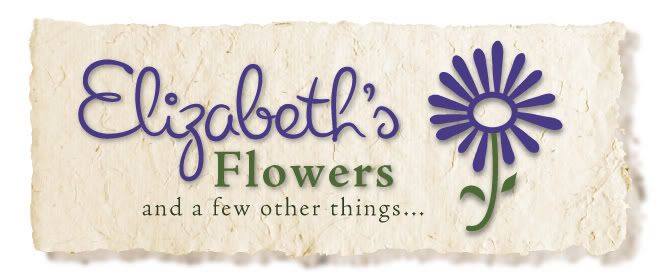Pressing crocus and wild violets in the Microfleur flower press
"Hi Elizabeth, I love your blog and website and am ordering a microfleur press in the next day or two. I'd love to make my mom a mother's day card out of wild violets, but don't really know where to start. I looked at your crocus tutorial, but can't tell if you split the stem and flower into two parts, remove some leaves, or press the whole thing at once. Can you offer any advice for wild violets? They won't be here for long. Thanks so much." Melissa - Lawrence, KS
Hi Mel,
Thank you for your questions! First, regarding crocuses, I snip the crocus flower at the base of the stem, and I press the crocus whole - with out removing any of the petals. Sometimes, if I cut low enough a few of the leaves are attached, and I press them too, but usually I need to cut extra leaves and press them separately.
Regarding wild violets, cut the stem as close to the ground as you can, so that you get a nice long stem (violet stems are so perfect! I also use them for other flowers that have gnarly stems). Then cut off the violet flower at the back, where the stem and the flower meet. Be sure to cut some extra leaves as well.
If you are using the Microfleur, you will find the flowers will need more time in the microwave than the stems and the leaves, so press them separately. I gently press the flowers between my thumb and index finger before laying them on the Microfleur pads, so that they lay nice and flat. In my microwave, I give them about 3-4 30 second bursts on high. When I do the leaves and stems, they tend to only need one 30 second burst.
I hope this helps! As always, feel free to let me know if you have any more questions.

Hi Mel,
Thank you for your questions! First, regarding crocuses, I snip the crocus flower at the base of the stem, and I press the crocus whole - with out removing any of the petals. Sometimes, if I cut low enough a few of the leaves are attached, and I press them too, but usually I need to cut extra leaves and press them separately.
Regarding wild violets, cut the stem as close to the ground as you can, so that you get a nice long stem (violet stems are so perfect! I also use them for other flowers that have gnarly stems). Then cut off the violet flower at the back, where the stem and the flower meet. Be sure to cut some extra leaves as well.
If you are using the Microfleur, you will find the flowers will need more time in the microwave than the stems and the leaves, so press them separately. I gently press the flowers between my thumb and index finger before laying them on the Microfleur pads, so that they lay nice and flat. In my microwave, I give them about 3-4 30 second bursts on high. When I do the leaves and stems, they tend to only need one 30 second burst.
I hope this helps! As always, feel free to let me know if you have any more questions.

Labels: flower pressing, microfleur, tutorials








